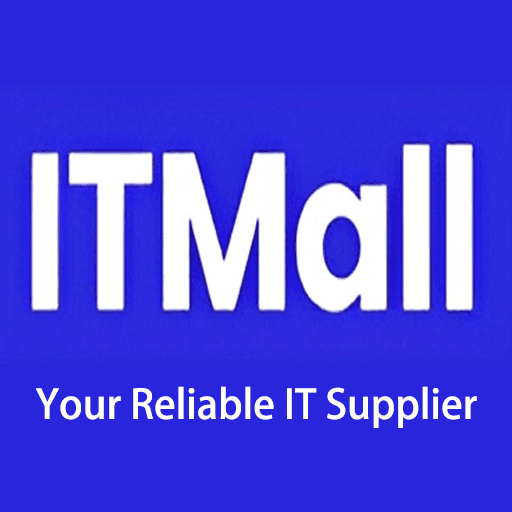What Is the Cisco 8608= and How Does It Serve as a Foundation for Scalable Networks?
Core Architecture of the Cisco 8608=
The Cisco 8608= is a modular chassis central to the Catalyst 8500 Series, engineered for high-performance enterprise and service provider networks. Designed as a 7RU (rack unit) system, it provides 8 slots—2 dedicated to route processors (RPs) and 6 for line cards—delivering up to 25.6 Tbps of system bandwidth. Its backplane supports hybrid traffic mixes, including 10GbE, 100GbE, 400GbE, and OTN, making it adaptable to evolving network demands.
Key structural features:
- Hot-swappable fan trays with N+1 redundancy for continuous cooling.
- Tool-less midplane design for rapid upgrades or replacements.
- Front-to-back airflow compatibility with standard data center cooling.
Compatibility and Deployment Flexibility
What components integrate with the 8608= chassis? It supports:
- Route Processors: Cisco 8600 Series RPs (e.g., RP2) for control-plane redundancy.
- Line Cards: High-density modules like the 8608-SC0-128= (128x10GbE) or 8608-400-L= (8x400GbE).
- Power Supplies: Configurable with AC/DC 3000W or 6000W PSUs for N+N redundancy.
Ideal use cases include:
- Enterprise core networks requiring seamless SD-WAN integration.
- Cloud gateways aggregating hyperscale data center traffic.
- 5G transport hubs needing low-latency, high-throughput backhaul.
Performance Benchmarks and Scalability
How does the 8608= compare to fixed-configuration routers? Unlike rigid platforms, its modularity allows:
- Gradual scaling: Start with 2x100GbE ports and expand to 96x400GbE ports as needed.
- Mixed traffic handling: Simultaneously process Layer 3 VPNs, MACsec-encrypted traffic, and OTN payloads without throughput degradation.
- Energy efficiency: Consumes 30% less power per port than equivalent fixed systems when operating at 50% capacity.
For example, a financial institution could deploy the 8608= with 10GbE line cards for trading data and later add 400GbE cards for AI-driven analytics—all without replacing the chassis.
Procurement and Configuration Guidance
The “8608=” is available through itmall.sale, typically as a bare chassis or bundled with PSUs and RPs. Key considerations:
- Thermal planning: Allocate 7RU space with 1U clearance above/below for airflow.
- Power budgeting: Each 400GbE line card draws ~450W; factor redundancy to avoid overloading PSUs.
- Licensing: IOS XE subscriptions (e.g., Network Advantage) are mandatory for advanced features like segment routing.
Lessons from the Field
Having deployed the 8608= in hybrid cloud environments, I’ve observed its strength lies in long-term adaptability. However, organizations often underestimate the operational skill gap—this chassis demands expertise in modular architecture and capacity forecasting. For teams eyeing 400GbE or quantum-safe encryption, the 8608= is a prudent choice. But if your needs are static for the next five years, a fixed-form router might save complexity. Always align procurement with a multi-year traffic growth plan.
